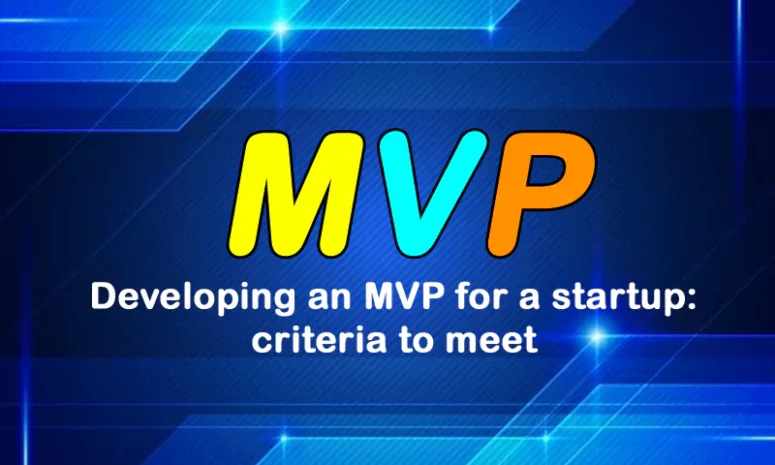
When building a startup, we usually have very limited financial resources and time. We are looking for a business model that will be profitable and scalable. Building a startup is burdened with great risk, and failure of the project in its original shape is almost inevitable.
Entrepreneurs who start a new business project must be aware of the risk that a product or service will find only negligible market interest and the expected business results will not be met. MVP development for a startup is a must to avoid diverse problems.
What is the Lean Startup method and MVP concept?
The Lean Startup method does not increase the probability of achieving market success but allows us to verify market hypotheses cheaper and faster than in the traditional model.
A key element in the Lean Startup methodology is the concept of MVP, which goes for Minimum Viable Product. It can also be called a Minimally Satisfactory Product. In the following text, we will try to introduce the concept of MVP in practical terms, giving some practical examples that can be easily used in the construction of new business projects.
The purpose of the MVP is to quickly and relatively cheaply verify the market interest in our target product or service. Creating and testing the MVP should give us strong reasons to continue or abandon work on the product in its current form and change the operating model, the so-called pivot. There is no definition of the complexity of the MVP or a special commission evaluating what the MVP is and what it is not.
Criteria that MVP must meet
When devising the form of an MVP for a specific business idea, it is worth analyzing and remembering a few criteria that the MVP must meet.
Making a purchase decision
When thinking about MVP for our business, we need to think about at what point and based on what information the customer makes the purchase decision.
A good example illustrating the moment of making a purchase decision is the process of ordering pizza over the phone. Let’s imagine that we return to the apartment after a hard day, and on the doormat, we find a leaflet of a new pizzeria in which we have not yet had the opportunity to place an order.
The leaflet is prepared in an attractive graphic form and makes us feel encouraged to make a phone call to this pizzeria. The purchase decision in the case of pizza is made after making a phone call, providing the address, and confirming the order. To make a purchase decision, we do not need the presentation of pizza by the supplier; we do not have to go anywhere, and we also do not know if the pizza we will receive will be tasty. We were encouraged by the leaflet on our doormat. Theoretically, the pizzeria we could call did not exist and was designed by a person who, according to the Lean Startup methodology, verifies the need for pizza in a specific area.
In order to verify the moment of making a purchase decision, we must give the customer a sense of an existing product. We need to create the illusion of a ready-made solution even when it is our first day of work on the project. The customer, in contact with the MVP, must say: “I want it!”, “I want to buy it.”
The simplicity of communication
Startups have a huge tendency to complicate their message. Very often, messages placed on a website or commercial offer do not result in a clear value proposition or a specific call to action. When creating an MVP, we encourage you to take the so-called grandmother test – to carry it out, we go to an elderly person, tell them about our business, and then ask for a paraphrase. If grandma can correctly describe the specifics of our business – we can have a deep conviction that customers will also be able to understand our message. By the way, take a look at Node js example sites: some of them started their path by developing an MVP!
Independence in creating MVP
Understandably, it is better not to use any external resources in the process of creating MVP – a perfect idea would be to do MVP ourselves, even if our startup has the form of a mobile application and we have no idea about programming. It sounds unrealistic, right? If you have no experience in developing apps, for example, you won’t succeed (or you will have to spend months or even years learning new skills). Although the product we build in the first phase must only be minimally satisfactory, it is better to contact a professional development company that will do the job for you quickly and efficiently. In this case, you can be sure the final product will meet your expectations.



